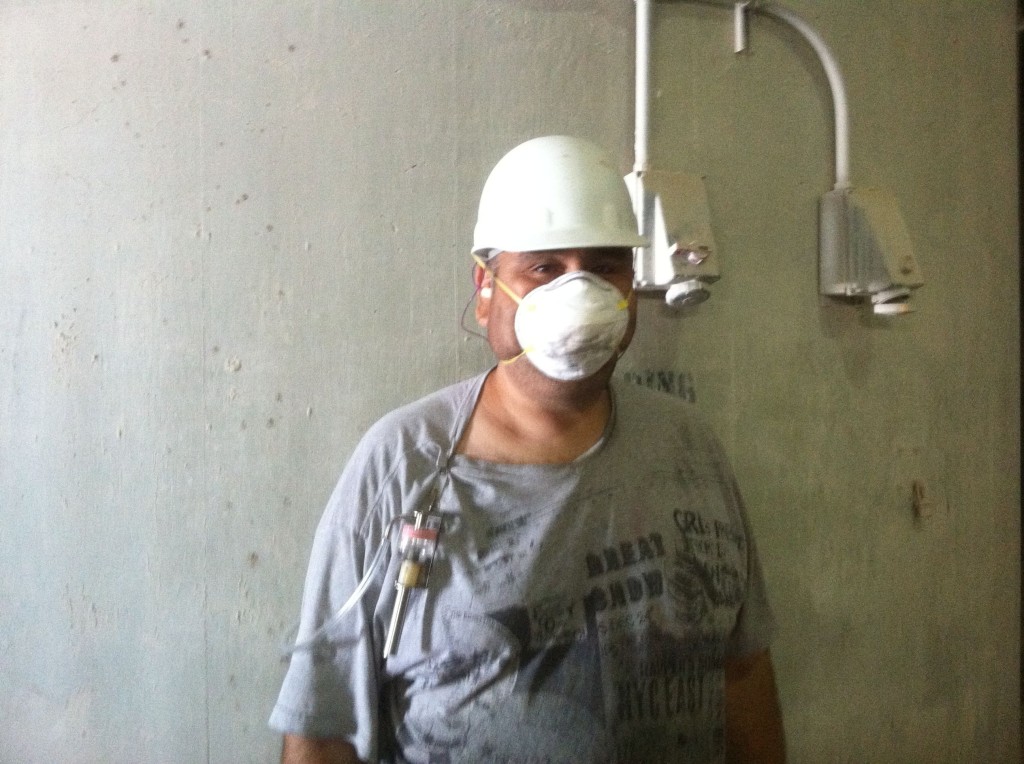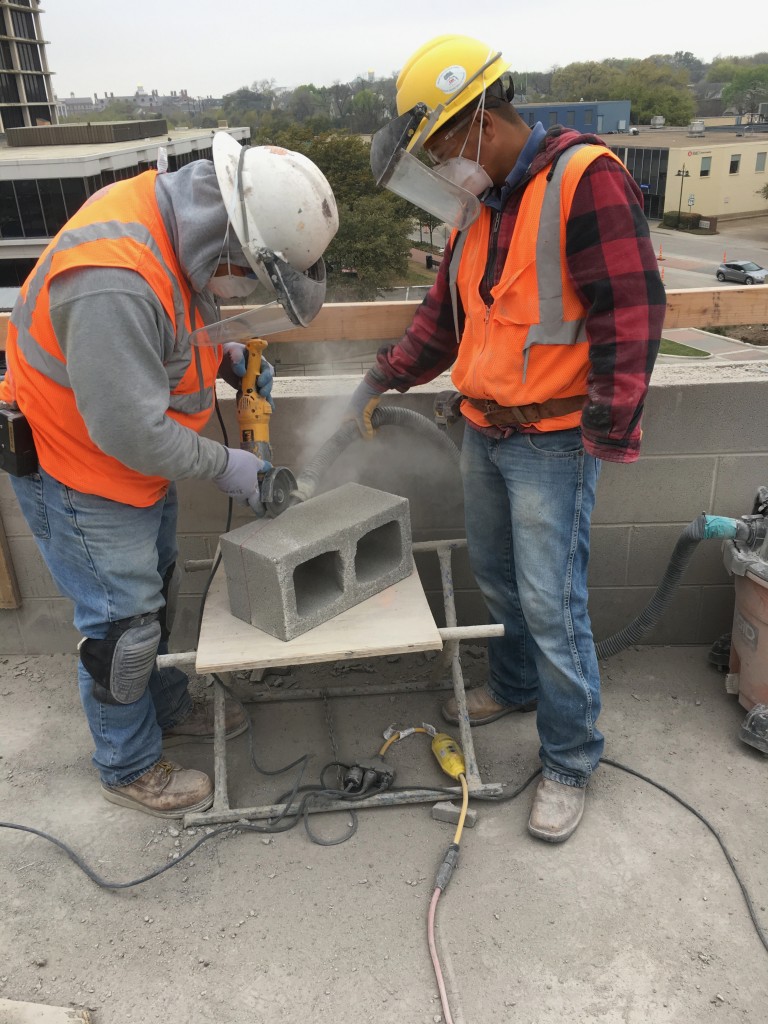Silica
If you are a construction company whose employees work with concrete, cement, or sand, you must comply with OSHA’s new respirable crystalline silica standard by September 23, 2017.The compliance date for General Industry: June 23, 2018 and for Hydraulic Fracturing: June 23, 2018. The purpose is to decrease the occurrence of disease in workers by limiting their exposure to respirable crystalline silica. The previous permissible exposure limit (PEL) for silica was put into effect in 1971 but did not adequately protect workers. The new PEL is 50 micrograms per cubic meter (ug/m3) with an action level of 25 ug/m3. The standards include requirements for an exposure assessment, regulated areas, engineering controls and work practices, respiratory protection, housekeeping, medical surveillance, and communication of hazards (including signage and training), and record-keeping.
Silica has been shown to cause cancer, silicosis, chronic obstructive pulmonary disease, and kidney disease. It is a basic component of soil, sand, granite, and many other minerals and is a significant hazard in construction and the oil and gas industry, especially in hydraulic fracturing operations. Its effects can be disabling and it is classified as a human carcinogen.
Chemical Exposure Testing and Analysis
Under the direction of Gary Ticker, Certified Industrial Hygienist and Certified Safety Professional with over 25 years of experience, OccuSafe recognizes, evaluates, and controls employee chemical exposures. Testing is conducted using OSHA and/or NIOSH methods and analysis is performed in AIHA certified laboratories. Exposure assessments may include hazardous metals such as lead, cobalt, chromium and nickel, solvents such as xylene, toluene, trichloroethylene and benzene, asbestos and other fibers, as well as respirable and total particulate. Testing recognizes exposures that can potentially cause permanent illness and injury and result in fines and law suits. Existing ventilation, personal protective equipment, and other controls are evaluated for adequacy. Additional controls may be recommended after analysis of testing results and review of best practices. These may include improved maintenance, ventilation, revised work practices, alternative chemicals, additional training, and use of personal protective equipment.

